With organic food becoming costlier by the day, kitchen gardening is something everyone wants to try their hands at. And why not? You save money and get to have fresh, flavoursome veggies/ herbs/ fruits from your own garden. If we delve a little into its varied names, it’s called a potager in France and Kailyard in Scotland. Home Garden, Nutrition Garden, Kitchen Garden, or Vegetable Garden are some of its other names. Without much ado, let’s understand kitchen gardening in general and how you can set up your kitchen garden in India.
Table of Contents
What is Kitchen Gardening?

For the curious hearts, kitchen gardening isn’t the same as regular gardening. This is because a kitchen garden is usually smaller and aesthetically more pleasing. It blends with how the entire house looks in terms of design. Besides, the production is meant for fresh consumption and not for sale. Conducive to growing vegetables, herbs, and fruits, kitchen gardens are more practical and more accessible. Not to forget, they are much prettier to look at; thanks to the geometric recurring patterns that kitchen gardens are synonymous with.
Benefits of Kitchen Gardening

- You get to eat more homegrown seasonal vegetables and herbs that are free from harmful pesticides.
- There’s better control over what goes in your meal when you are growing it yourself, making it a healthier option.
- Kitchen gardening is a very healthy way to involve the whole family in physical activity.
- Kitchen gardening also helps clean up a lot of air around your home.
- Your kitchen garden goes a long way in healing the environment around you.
Where To Put Your Kitchen Garden

Like any other garden, even a kitchen garden requires proper sunlight. The location you zero in on for your kitchen garden should get adequate sunlight for at least 4 to 5 hours a day, preferable morning sunlight..
These are some of the places you can consider having your own kitchen garden at-
Backyard Backyards are the most preferred areas to cultivate kitchen gardens because of their easy accessibility to sunlight, water, and other connected elements. The size of the backyard doesn’t really matter because you can go for a stacked kitchen garden. Herein, you will have layers of plants on the walls (also known as vertical gardening). This is a real space-saver and adds to the overall aesthetics of the place.
Terrace Terrace is another place you can consider having your kitchen garden at. The only issue will be tending to them and the extra rounds you’ll have to make to take your supplies. But then, the more effort, the sweeter the result, they say.
Window Sill If you have space issues, window sills become an equally promising area to have the plants for your kitchen garden. Apart from making the most mundane area look ultra-gorgeous, you’ll have fresh produce.
Pots If you are going to use pots (earthen or plastic) to grow your produce, you got to take care of the following two points:
- Proper space to help the plants grow
-
Pots should have holes to help in proper drainage
Pro-tip: You can use milk cartons, used plastic bottles, etc. as pots for your kitchen garden.
Soil Usage

Soil forms the foundation of your kitchen garden. You can either buy the soil mix from nurseries or make your own. If you are enthusiastic about making your own, you would need to know that a 1:1:1 ratio of compost, cocopeat and garden soil is the standard mix.
While planting your vegetables or fruits for your kitchen garden, fill the container or make the bed with the standard mix. In case you are using pots, add in a few pebbles or crushed thermocol pieces to prevent clogging. Once you plant the seeds or vegetables, sprinkle some water to moisten the soil. However, don’t overwater as it leads to rotting of the roots.
Pro-Tip: To find out if the soil is dry, insert any of your fingers in the soil, preferably till the knuckle, to check if the soil is moist and water accordingly.
Vegetables To Grow In A Kitchen Garden
Planning to have a kitchen garden for yourself? Here are some vegetables you can grow:
Tomato

Tomatoes prefer particular growing conditions which include soil’s ideal pH level ranging between 6 and 6.8. After the plant grows 6 to 7 inches indoors, it is to be transplanted outdoors where it can get direct sunlight for 7 to 8 hours. Also the tomatoes you’ll have from your kitchen garden are bound to take your taste buds on an exquisite journey. Ready for that? But before that, read on how to grow tomatoes and grab your tomato seeds online to get started.
Brinjal

Brinjals require full sunlight of 5-6 hours and you can easily grow them in your terrace garden or kitchen garden. For that, you need to sow brinjal seeds in sandy-loam soil for best results. Please note that they need to be sown at a depth of 0.4 inches and for them to yield the best produce, you must keep the brinjal plants indoors. Water daily so the soil remains moist. These little details are known to go a long way when it comes to sowing brinjal seeds at home. Good luck!
Chilli

Chilli seeds need to be germinated indoors in a warm climate before you can sow them in soil. Make sure you place the plant where it receives plenty of sunlight. Water it regularly so the soil is moist at all times but don’t overwater it, else it will wilt. You can learn more on how to grow chilli at home so you are sure of the nitty-gritty needed to grow chillies at home. Because we know how disheartening it can be to see plants wilt, we give our clients all the requisite details beforehand.
Onion

Onions are best sown during the months between August and October. You must sow onion seeds in a sunny spot in well-drained and fertilized soil to get your fresh supply of home-grown pesticide-free onions. Sow the seeds 1 inch deep in the soil. Maintain a distance of about half an inch or more between each seed. If you are planting rows directly in the garden, keep a space of at least 1 and a half to 2 feet between the rows. Onion seeds usually take only 7-10 days to germinate.
Bhindi/Ladyfinger

Ladyfinger, bhindi, or okra can be grown with the help of okra seeds during the warm months where they can receive 5 to 6 hours of daily sunlight. You’ll have to sow the seeds ½ inches deep and 7-8 inches apart (if sown outdoors) and 9-10 inches apart (if sown indoors). Be sure to water your ladyfinger plant in the morning to get the best results. For more details and to leave all apprehensions aside, read our guide on growing ladyfinger.
Bitter Gourd

To get the perfect produce of karela, sow Karela seeds in early spring. Make sure the soil you prepare is well-drained and rich in organic matter. Because bitter gourd grows on vines, it can grow up to 10 to 15 ft long. Don’t forget to water the plant regularly to keep it moist. If you are looking for seeds to see your kitchen garden flourish with this green veggie, check out non-GMO bitter gourd seeds online.
Herbs To Grow In Kitchen Garden
Coriander /Dhania

Coriander is known to tackle digestive issues since the beginning of time. Apart from giving food a fresh flavour, it is one of the herbs vegetable vendors don’t mind tossing in for free. But why ask for favours when you can sow coriander seeds and have them in your backyard? Here’s a complete guide on growing coriander at home. Right from the amount of sunlight it needs to the amount of water, this guide caters to every detail.
Peppermint

February to April is the best time to sow Mint seeds. They can either be grown indoors or outdoors. Make sure the soil is well-drained and you’ll have the pudina ready to harvest in less than 2 months. However, the seeds will start to germinate in two weeks itself. Once the plant germinates, choose to keep them in a sunny spot. Even half shade works. Deep shade, however, is not recommended.
Basil

Basil has many varieties. Check out green basil seeds, purple basil seeds, basil greek ball seeds, and Thai Basil seeds before you decide to sow. Basil grows well throughout the year so you can buy the seeds almost any time of the year. While Basil germinates in 7 to 10 days, it is ready for harvest within three to four weeks. You can grow this either indoors or outdoors but make sure it receives enough sunlight. Basil is known to enhance memory and reduce stress. This gives all the more reasons for you to have them in your home garden.
Lemongrass

Lemongrass thrives well in the months from February to April and requires well-drained soil. Once you buy lemongrass seeds, make sure you plant them at a spot where they can receive plenty of sunlight. If the moisture of the soil isn’t right, the leaves start turning yellow or brown. Therefore, watering the herb well is of the utmost importance. Keeping these points in mind can make your kitchen gardening experience a breeze.
These are some of the vegetables and herbs you can grow in your kitchen garden, but you can also grow fruits, spices, flowers, and so much more.
Maintaining the Garden

Maintaining your kitchen garden starts with spacing the plants right. Know that you’ll have to plant them in a way so they have enough space to grow and flourish. Plants that are placed together tend to die because of the humidity each produces.
Another tip to maintain your kitchen garden is to prune the plants well. Do it regularly to ensure a healthy production. For those who don’t know, pruning is the process of clipping dead or dried leaves. It helps in improving the health of the plants, thereby making them grow healthier and faster. You can undertake the process of pruning at any time of the year. The more you prune your plants, the more they will flourish. It is best to use pruners, also called clippers, to make clean cuts swiftly.
Utilizing Kitchen Waste

Maintaining the kitchen garden is one thing, making it better is another. If you want your kitchen garden to climb the ladder of success, don’t dump your kitchen waste. Instead, utilize it to give your plants the needed nutrients. Yes, it’s that simple!
So, if you are having a banana, keep the banana peel safe. Soak it in water for 2-3 days and create banana tea for plants or simply leave them to rot around the plant’s base to give them enough potassium.
Next, make it a point to not throw any part of the vegetable - peels or disfigured ends. Toss them in the compost bin so they can be converted into nutrition for your kitchen garden.
Same goes for used tea bags, spent coffee grounds, cardboard boxes, napkins, and coffee grounds among others. Each has its own blessing to give. One can only imagine magic to happen when blessings of this amount gather. Right? Right.
This is all we had to share for now. If you feel we’ve left something out, feel free to drop a comment and we’ll cater to that. For others, you can kickstart your journey to starting your own kitchen garden today!
Be it vegetables, herbs, fruits, or likewise, get the requisite seeds and try planting them yourself. Remember, a failed effort is better than no effort. Besides, our extensive details have all scopes of failure sealed. So you don’t have to worry!
We wish you luck!


 Sign In
Sign In


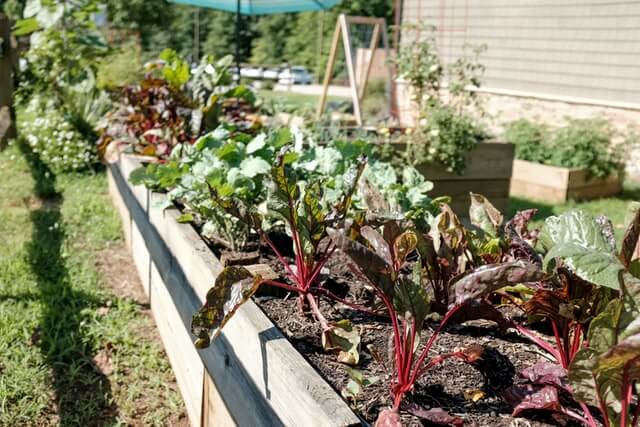
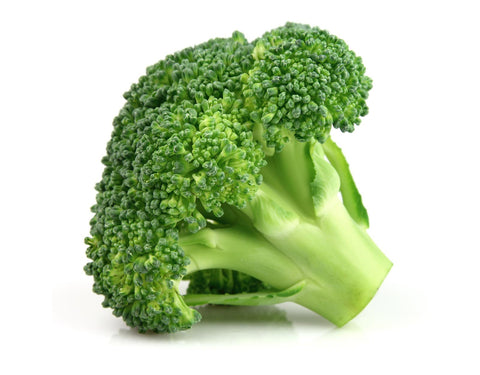
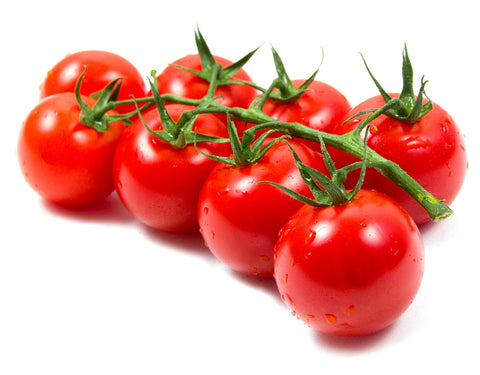
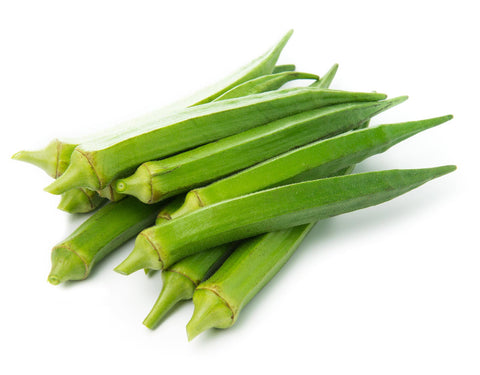
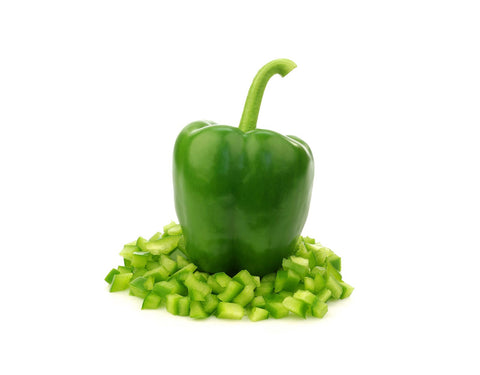
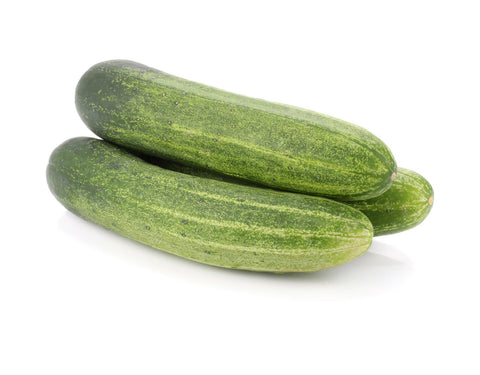
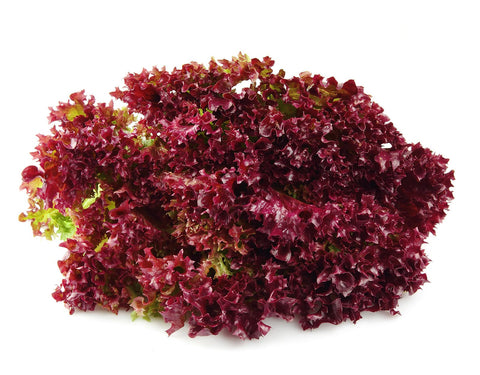
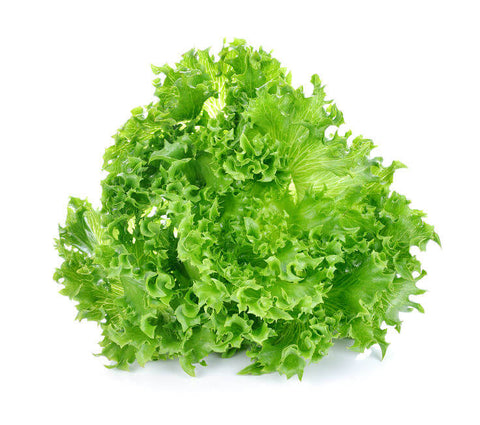
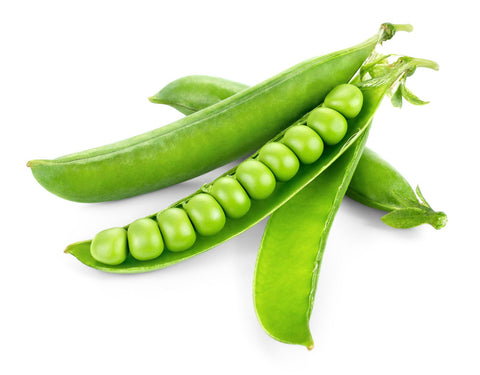
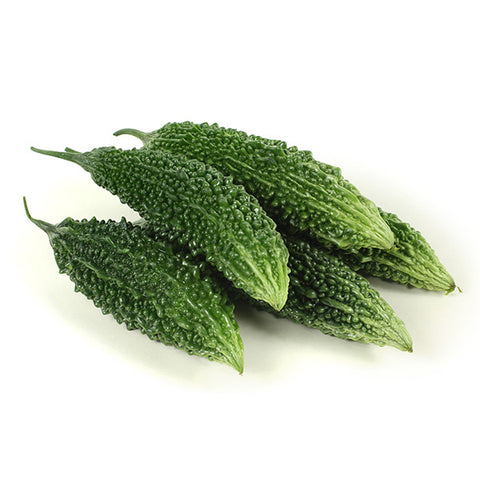
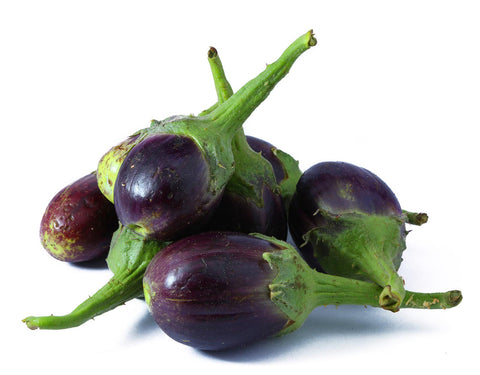
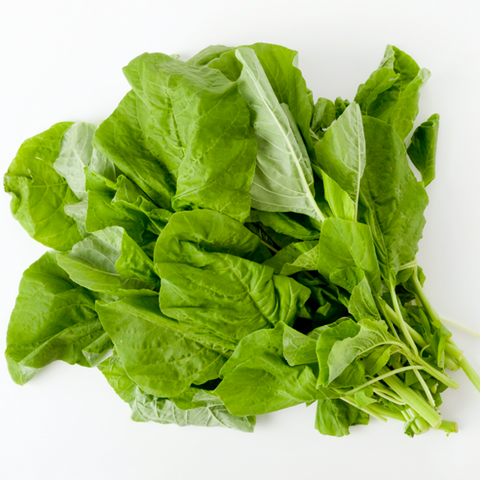
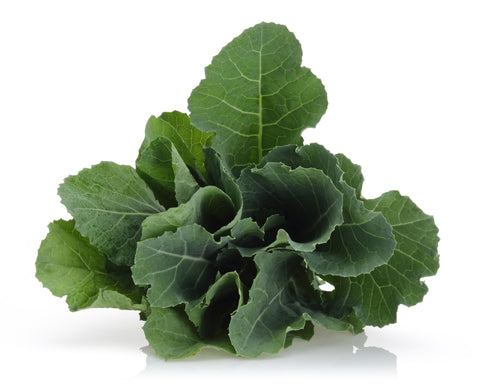






Let us know your feedback
* Comments must be approved before being displayed.